
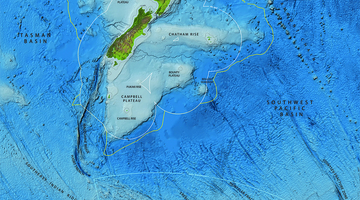
The sea is our taonga. Our connections to it are strong. More than 75% of New Zealanders live within 10 km of the coast, and the sea is an important part of our Kiwi lifestyle – whether we use it ...
READ MORE

Resilience usually refers to an individual’s tendency to cope with stress and adversity. This concept is increasingly being used in the scientific fields of ecology and ecosystems research ...
READ MORE
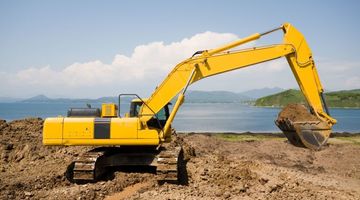
Coastal marine ecosystems balance on a fine ecological edge. They are dynamic and can easily be disturbed by human impact such as contamination from pollution or excessive harvesting. They can ...
READ MORE

EBM – ecosystem-based management – is a holistic and inclusive approach for managing an ecosystem. In this activity, students use EBM principles as a framework to consider how a local area of ...
READ MORE
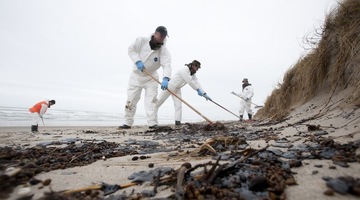
In this activity, students consider short-term and long-term responses to an environmental disaster such as the Rena. By the end of this activity, students should be able to: describe what might ...
READ MORE
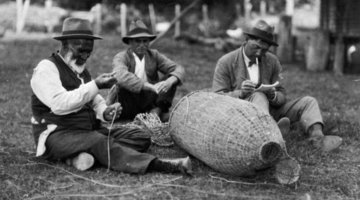
In this activity, students explore Māori perspectives concerning estuaries. By the end of this activity, students should be able to: explain how a Māori legend can show aspects of Māori thinking ...
READ MORE
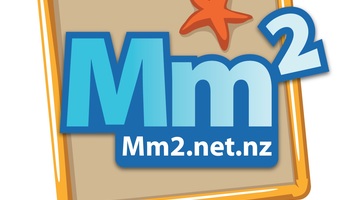
Marine Metre Squared is a New Zealand citizen science project that supports communities to monitor their local seashore. The project has been designed to provide meaningful, valid environmental ...
READ MORE
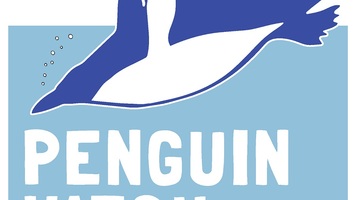
Help scientists establish valuable baseline data about the numbers, locations, habits and health of penguins in a range of Southern Ocean sites. This information will enable better understanding ...
READ MORE
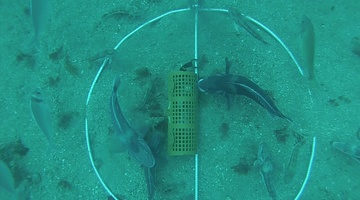
Come and visit Aotearoa New Zealand’s underwater world in this online citizen science project. Discover, count and identify unique fish species that live within our marine reserves ...
READ MORE
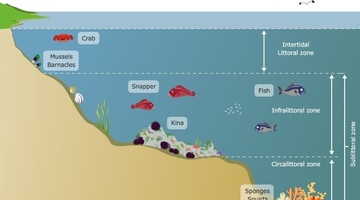
The rocky shore is a popular topic in primary school science. Below are some Science Learning Hub resources for primary teachers related to the rocky shore in the Living World strand of the New ...
READ MORE
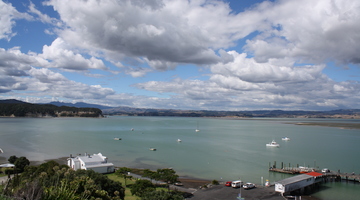
With 75% of New Zealanders living within 10 km of the coast, many students will be familiar with estuaries. In scientific terms, estuaries are the interface between the land and the sea – the ...
READ MORE

Freshwater is defined as inland water – springs, streams, rivers, lakes and wetlands. It includes water that is stored in glaciers and under the ground within soil and in aquifers. Freshwater is ...
READ MORE
This introductory video by the Sustainable Seas National Science Challenge shows the wide collaborative effort to involve diverse communities in developing ecosystem-based management (EBM).
READ MORE
Immediately following the grounding of the Rena on the Astrolabe Reef, the Bay of Plenty Polytechnic and the University of Waikato formed a marine response team. This team surveyed local marine ...
READ MORE
The Sustainable Seas National Science Challenge is conducting the country’s first national experiment of its kind. Professor Conrad Pilditch explains how scientists are collecting data on the ...
READ MORE
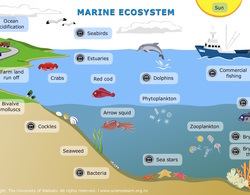
Explore this interactive diagram to learn more about life in the sea. Click on the different labels to view short video clips or images about different parts of the marine ecosystem. Select here ...
READ MORE
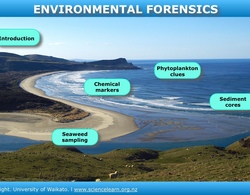
Dr Candida Savage explains the clues she collects in estuaries and fiords, to understand how changes in land use affect these environments. Click on the labels to watch the videos for more ...
READ MORE

This interactive timeline highlights how students investigating the Oruarangi Stream engaged with the nature of science.
READ MORE